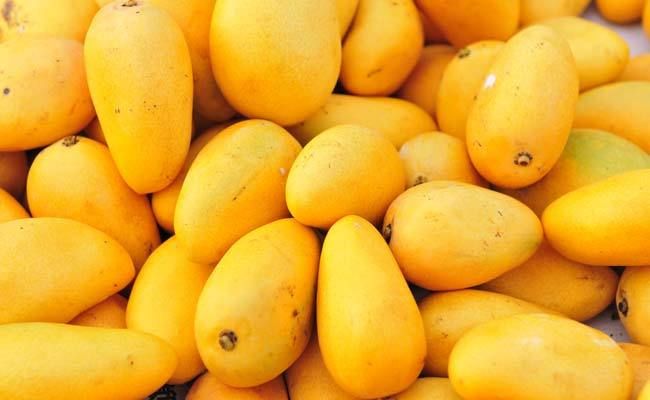Mangoes, known as the “King of Fruits,” are a beloved staple in Nigeria. They are not only delicious but also packed with essential vitamins and minerals that contribute to a healthy lifestyle. However, with the increasing demand for mangoes, some unscrupulous traders have resorted to using chemicals to artificially ripen the fruit to meet market needs. This practice not only affects the taste and nutritional value of the fruit but also poses health risks to consumers. In this article, we will discuss how Nigerians can identify chemically ripened mangoes and opt for fresh, naturally ripened alternatives.
Visual Inspection
1. Color: One of the most apparent signs of chemically ripened mangoes is their appearance. Naturally ripened mangoes exhibit a vibrant, uniform color, depending on the variety. However, chemically ripened mangoes may have inconsistent color patterns, with some areas appearing overly bright or unnaturally colored.
2. Skin Texture: The skin of a naturally ripened mango is smooth and slightly glossy. In contrast, chemically ripened mangoes may have a rough, bumpy, or wrinkled skin texture.
3. Stem End: Examine the stem end of the mango. A small, circular scar is typical in naturally ripened mangoes. Chemically ripened mangoes may have a more pronounced, irregular scar or even a visible string, which is a result of the chemical process.
Odor
4. Aroma: A ripe, fresh mango should emit a sweet, fruity fragrance. Chemically ripened mangoes, on the other hand, may have a less appealing, artificial smell. This odor can be a combination of chemical fumes used to hasten the ripening process and the decomposition of the fruit’s natural compounds due to the accelerated ripening. When in doubt, take a whiff of the mango before purchasing to ensure it has a pleasant, natural aroma.
Tactile Sensation
5. Flesh Firmness: When gently pressed, a ripe, naturally ripened mango should give slightly, revealing a soft yet firm texture. Chemically ripened mangoes may feel overly soft or mushy, as the fruit’s cell structure can be compromised by the chemicals used in the process.
6. Seed Separation: In a naturally ripened mango, the seed can be easily separated from the flesh by gently twisting it. However, chemically ripened mangoes may have a seed that is difficult to remove or feels loose and detached from the fruit’s flesh.
Taste Test
7. Flavor: The ultimate test of identifying chemically ripened mangoes lies in their taste. Fresh, naturally ripened mangoes offer a sweet, juicy, and flavorful experience. In contrast, chemically ripened mangoes may have a bland, watery, or overly sweet taste, with a hint of bitterness. Consuming a small slice of the mango before making a purchase can help determine if it has been artificially ripened.
Conclusion
Being able to identify chemically ripened mangoes is crucial for maintaining one’s health and supporting the local agriculture industry. By closely examining the mango’s appearance, odor, tactile sensation, and taste, Nigerians can make informed decisions when purchasing this beloved fruit. Opting for naturally ripened mangoes not only ensures a delicious and nutritious experience but also supports sustainable farming practices.





